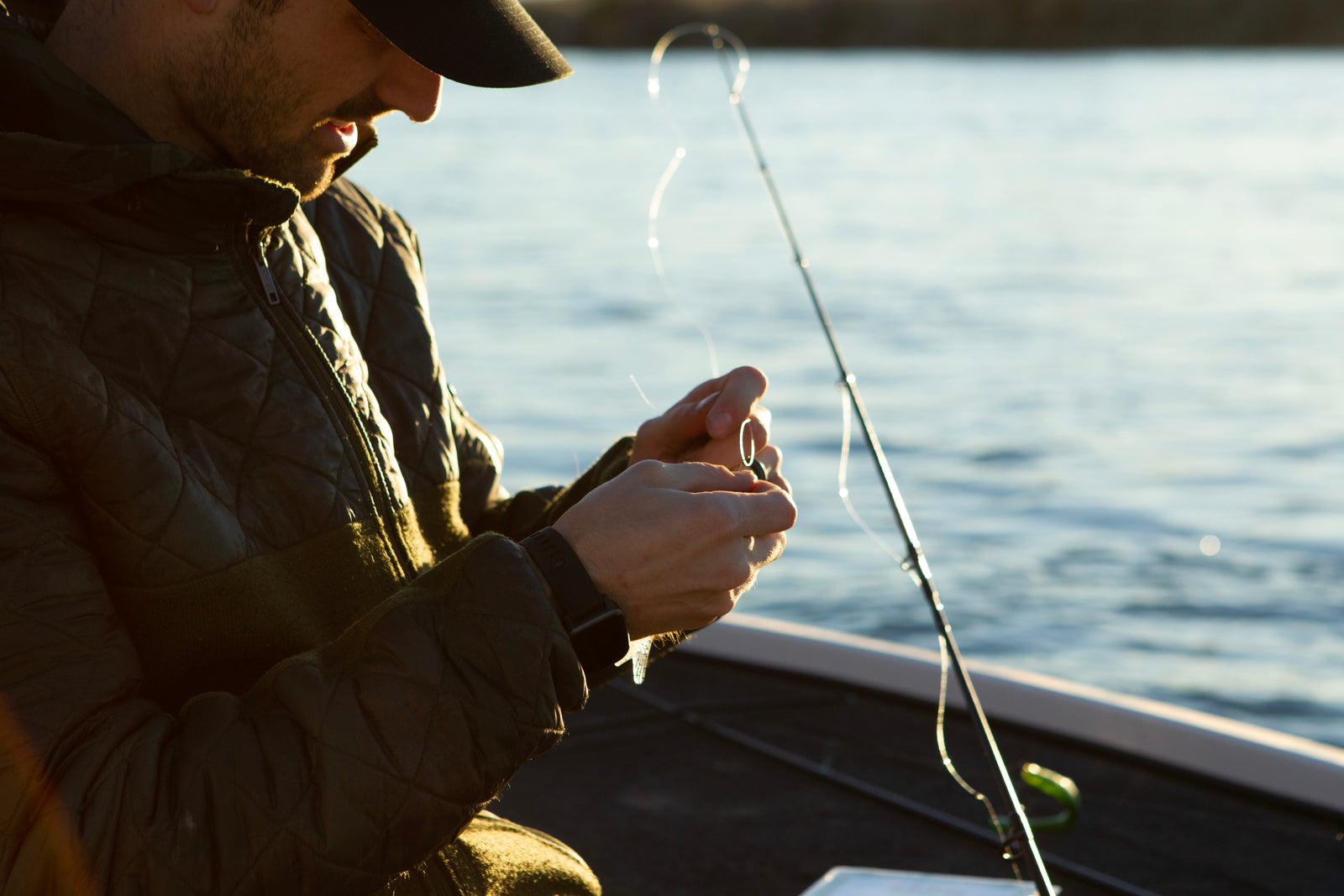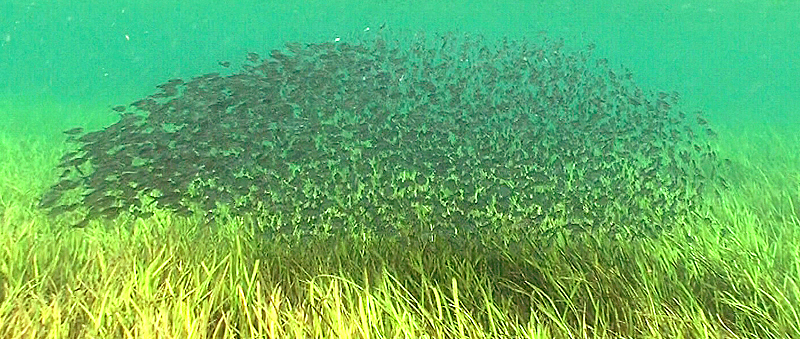Bass Fishing in September

As the heat of summer begins to fade and the crispness of fall sets in, September brings significant changes to the fishing landscape. For bass anglers, it marks a pivotal transition period where fish behavior shifts dramatically. Understanding these shifts and adjusting your tactics can make the difference between a successful day on the water and a frustrating one.
In September, bass begin to sense the changing environment as temperatures cool and daylight hours shorten. This triggers them to start moving from their deep summer haunts toward shallower waters, where they will begin feeding aggressively in preparation for winter. The key driver of this transition is the movement of baitfish. Bass, being opportunistic feeders, closely follow these baitfish, which in turn follow temperature and food changes within the water. Right now bass are not as tightly grouped as they might be in the summer. Instead, they are on the move, spreading out in search of food. Anglers need to adjust their approach to cover more water and locate these roaming fish in order to find a pattern that works for them.
Let’s go over a few good lures to choose from. You need lures that can cover large areas of water while imitating the prey bass are targeting in that specific body of water. Here goes a few for September, which will work all across the country, regardless of the specific water conditions.
One of the most effective lures for covering water and drawing reaction strikes is the spinnerbait. This versatile lure excels at mimicking baitfish, particularly when fished in transitional areas such as main lake points, secondary points, and the mouths of coves. Spinnerbaits with double willow blades create flash and vibration, mimicking schools of shad or minnows, which are key targets for bass in the fall. Adjust the blade type based on water clarity. Clear water calls for more flash, while stained water benefits from a combination of vibration and flash. Another go-to lure for September is a crankbait. Like spinnerbaits, crankbaits allow you to cover a lot of water efficiently. They work especially well for bass moving between deeper and shallower waters. A medium-depth crankbait (around 6-10 feet) is ideal for reaching bass that are not fully in the shallows yet but are starting to stage near their fall feeding grounds. Choose baitfish patterns like silver, white, or pearl to match the forage they are pursuing. A lipless crankbait can also work well as they tend to do well in extreme temps, which in this case may be the heat in the southern states where the water can be around 90 degrees.
As bass feed on larger prey like crawfish and bluegill in preparation for the colder months, a big jig becomes a solid option. A half-ounce to three-quarter-ounce jig with a bulky trailer offers the right profile to entice those bigger fish looking for a substantial meal. You can fish a jig in so many ways, flipping it into thick vegetation and cover, dragging it along deep points, or swimming it near docks and structures. The versatility of the jig makes it a must-have for September fishing. A jig can actually be fished all year long almost anywhere you go because it’s so versatile. In areas where bass are still targeting bluegill and other panfish, a large bluegill-profile swimbait is highly effective. Rig it on a weighted swimbait hook and fish it slowly near vegetation or docks. The swimbait’s lifelike action and size make it irresistible to bass that are feeding heavily on panfish before the full onset of fall, when their focus will shift more toward shad. An arguably better option would be the Banjo Minnow because of its life-like movement through the water as it darts and dies like a real life injured baitfish.
While the patterns mentioned above work universally, it’s important to note that the timing of the transition can vary depending on where you’re fishing. In northern regions, cooler temperatures arrive earlier, which means the transition from summer to fall happens more quickly. Bass in the north will be more focused on baitfish like shad and will move into their fall feeding patterns sooner. In the southern regions, where temperatures remain higher for longer, the transition is more gradual. Here, bass might still hold onto their later summer patterns, feeding on larger forage like crawfish and bluegill until the cooler weather fully sets in. Adjust your bait size and selection accordingly, using bigger jigs and swimbaits to match the larger forage.
September is an exciting time for bass anglers. While the changing conditions can make bass behavior seem unpredictable, with the right knowledge and approach, you can capitalize on this transition and land some great catches. Focus on covering water, imitating baitfish, and using versatile baits like spinnerbaits, crankbaits, jigs, and swimbaits to adapt to the shifting patterns. Whether you’re fishing up north or down south, these strategies will set you up for success in the early fall season.




